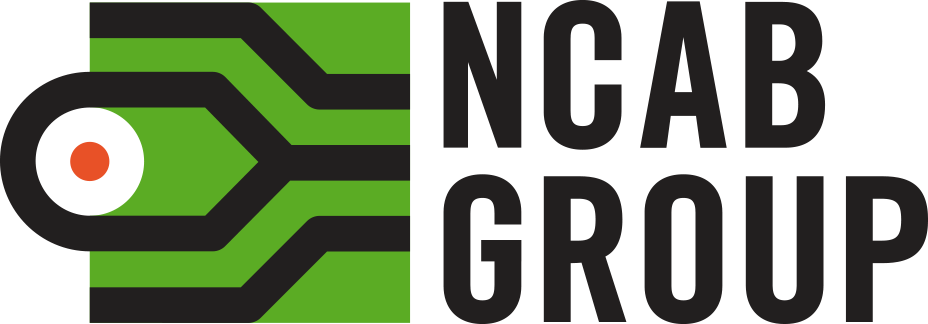Lesson 3: Quote to Win
3.3 Writing the quote
Manuscript
So, in Marissa’s case, I would look at the following points:
• Reduce our purchasing cost as much as possible by recommending larger panel size with more up, to help them win the order. That way we have orders for the rest of the year. But of course save some of the cost saving for ourselves and give us a healthy gross margin!
• Check if we have quoted them before, and what their price was that time
• Check what relationship we have had with their end customer. Have we quoted (and won) any of their EMS before?
• Respect the lead times they need on initial batches and then revert to sea or train as a sustainable freight method.
So, this is how I would do the quote for Marissa:
• So let’s walk intro iQuote, where all the basic data is.
On the next side here, I’ve utilized the comment fields. Down here, will be comments that are on the actual quote we send to the customer. And the point of course is that if we are one out of eight others that send in a quote with price, the customer will look at the price first and anything else after. But I like that we make quotes that point out good things that the customer can enjoy using us as a supplier.
• So, let’s see on the actual paper. I’m making my quote more than just a lead time and a price. I want to put in other factors for the customer to evaluate.
• Also on the technical part, I make sure that I have filled in all relevant data. In this case, the artwork demanded mid-Tg, great – I have noticed that and included that. It’s also a cost driver.
• The customer let us do our own panel – I mark 6up. And in this case it’s better efficiency that 4up.
iQuote is a great tool, but in the end, it’s all about the professional touch. You know the relationship and added value – that can be worth 30% to 80% gross margin. Here I also want to remind you of the course ‘We are all race car drivers’, where Hans [Ståhl, previous CEO NCAB Group] talks about gross margin.
Highlighting the added value
So, we have validated the RFQ, and found some interesting openings, we have called the factory to get better prices and talk about the panel and utilization, and we have made full use of iQuote. Are we done now?
Not quite! For the customer to realize what kind of value we are adding here, we should point it out. Purchasers read a lot of quotes, so they quickly skim though them. If you want your customer to notice something, you should highlight it.
A simple highlight colour is actually very effective in pointing out things that are special about the quote.
• You can see I highlighted the freight, in this case train, and I actually calculated the carbon footprint difference compared to air [can be found in the 2019 Sustainability Report, page 24].
• I also point out that we have already agreed with the factory to have a prioritization for her first run.
• I also put in a larger panel size to reduce cost and waste. And as it reduces waste, it also has an effect on the carbon footprint.
So, this is basically what I will send to Marissa and then follow up on. C’mon Marissa, do the right thing now!
